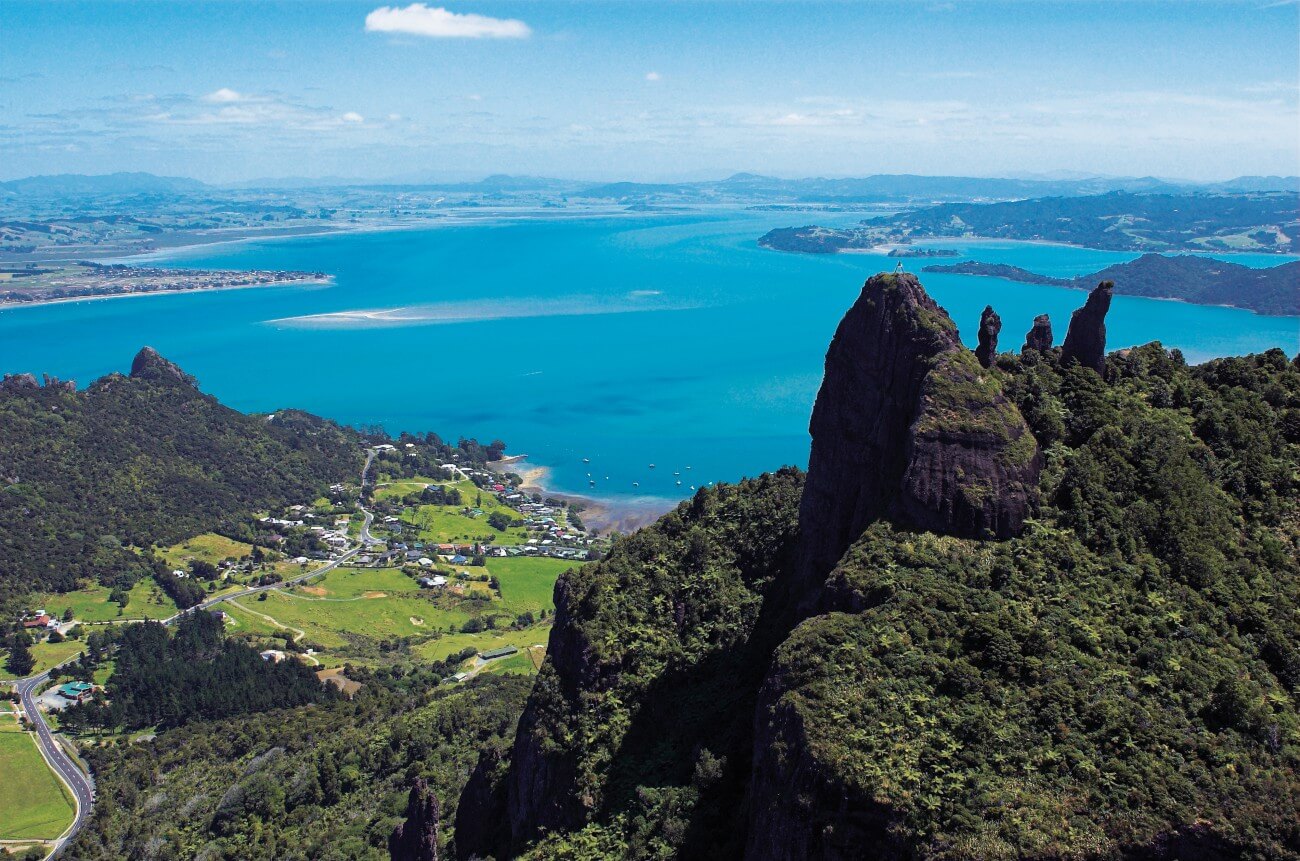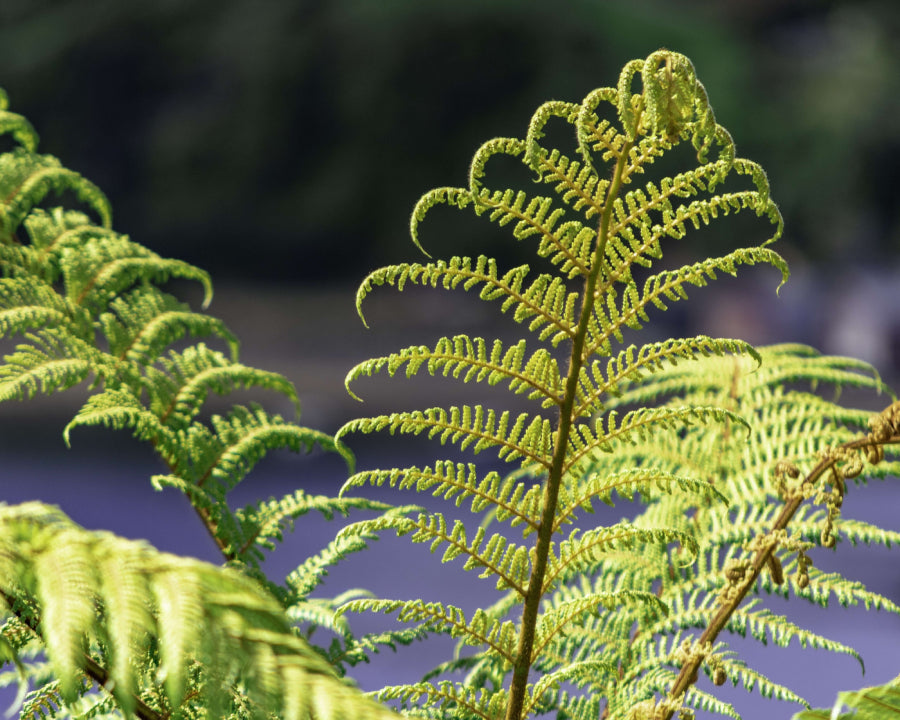Reaching Adulthood & Manaia’s Legend

The 21st Key is a symbol to celebrate the embarking of a new journey of a [newly-turned] adult’s life.
It is a very common celebration in New Zealand, Australia, the UK and other parts of the world where an individual’s 21st birthday is celebrated with their friends & family, coupled with great food and drinks.
On this day the celebrant is handed over a “21st Key” which is symbolic, and it means it is a “key to the door” towards “freedom from parental supervision”. During the classical time period, this celebration was restricted among the male population, but later girls were also included, thus welcoming a fair celebration of gender equality.
Our Perspective
As our young adults inherit the aforementioned freedom to choose their lifestyle, it is also a tad important to understand the responsibility that comes along with it. As the saying goes, “With power, comes responsibility.”
What does it mean to enter the age of 21?
The meaning of being an adult is different for different individuals. We’re sharing three examples to help you understand.
Susan, a sophomore in (say) “XYZ” college, recently turned 21. To her, it means to have fun and to live life to the fullest. So, a usual day would include going to college during, hanging out with friends, partying and boozing it up. Basically indulging in different kinds of fun activities. She just prefers to live life as it comes.
Ron, a fitness buff, also turned 21 and his life is centered around the world of fitness. He wanted to become an athlete and has been putting a great deal of effort into becoming a fitness trainer. Did he not enjoy the attention from the girls (and boys)? Sure, but he was focused! Thankfully he has supportive parents who did not come in the way of his dreams.
Michelle, who also turned 21 this year, was not able to celebrate that special day to the fullest because she was mostly stuck at the hospital where she is working as a part-timer, to support her studies.
Perspective
We did not mean to judge or compare any individual here. What we’re trying to say is that there’s something to learn from one another, all the time. I’m sure that each 21st birthday story is unique and different from one another in its own ways.
Also, since the Covid has hit lives hard, around the world, people’s lives have taken a full turn towards making unexpected turns, decisions and adjustments (like never before). Where some of us have, luckily, escaped it alive, there are others who are struggling to get their way out! So, let’s be kind to one another!
21st birthdays are going to be as special as we want it to be. We can choose what we want, how we want it, based on what it would mean to us.
How are our products related?
Our range of 21st Maori Keys are designed with the same thought, care and passion, keeping in mind the rich value & tradition of the ancestors. Our beliefs are deeply rooted in our culture, and we want to share the same beauty and knowledge of our heritage with the rest of the world. Because it means something to us (and to many, many others out there).
While talking about our culture we feel we could use this space to tell tales of one of the most important characters in a Maori culture - Manaia.
Introduction
In Māori culture, the Manaia is a mythological character that often appears in carvings and jewellery.
The Manaia is commonly portrayed with a bird's head, a fish's tail, and a man's body, but it is often depicted as a bird, a serpent, or a human figure in profile.
A seahorse and a snake are two more possibilities. The word manaia is related to the Niuean fakamanaia and the founding Samoan words fa'amanaia, all of which imply to render a decoration or embellishment.
The Manaia is thought to be the link between the physical world and the divine realm, and its emblem is used to ward off darkness. It is commonly shown in this manner as a figure-of-eight, with the upper half ending in a bird-like beak. This shape was also common in the design of door and window lintels and other architectural elements, as well as ritual arm hafts.
Some Polynesian countries, such as Hawaii and Easter Island, have similar Manaia-like symbols.
Story Time!!
This story goes back thousands of years, when, before the arrival of the Fleet, many quarrels took place in Hawaiki, one of which is linked to Manaia.
Manaia's tale has been conveyed in three different ways, each from the Chatham Islands, the west coast, and the east coast. The manufacturing of spears, an offence against Manaia's wife, and Manaia's vengeance were all significant events in Hawaiki.
(For those who don’t know - Hawaiki is the Maori people's ancient Pacific homeland, from where they are said to have migrated to New Zealand and where their souls are said to return after death.)
Getting back: Following the disturbances and battles, many people fled to New Zealand.
The Chatham Version
According to Shand's version from the Chatham Islands, Manaia was married to Niwa and they had a big family. Manaia instructed his family to carve spears from an akepiri tree, which resulted in the development of 80 spears.
The tree's heartwood was too hard to be worked on, therefore it was discarded. Niwa taught her youngest sibling, Kahukaka, how to transform discarded heartwood into the finest spear of all time, and he did so, in secret.
When the people asked who the craftsman was, Niwa, overcome with pride, addressed her son, saying, "You are my Kahukaka, born of me in the Astelia wastelands, and now you have grown into a man and become wonderful." Manaia deduced that his wife had committed adultery, based on what she said.
When he discovered that her lover was Porohiti, he declared war on him and his people. The tale concludes with the fact that citizens fled as a result of those conflicts, but there is no mention of Manaia himself leaving Hawaiki.
The West Coast Version
Manaia summoned a working group (a.k.a. ohu) led by chief Tupenu to create spears for him. The working party assaulted Rongotiki, Manaia's wife, when he and his people were out fishing (for food) for their guests. Manaia caught a fish by the tail while fishing and deduced from the omen what had happened to his wife.
Rongotiki's return reinforced his suspicions. Manaia surrounded the working party in secret with an armed force and instructed his uncle, Tu-urenui, to lead the assault. "I, Kahukakanui, son of Manaia, have slain the first shark," a young man shouted as he rushed forward and killed one of the workers.
From the young man's cries, Manaia deduced that he was his son, born out of wedlock. The staff was forced to flee the war, and Manaia killed their chief, Tupenu. Other wars proceeded, and Manaia's defeats started to mount. As a result, he fled the nation in the Tokomaru, a voyaging canoe.
The East Coast Version
In this version, Warea was Manaia's wife, and they stayed in a house called Nukuahurangi in Whaingaroa, Hawaiki. Manaia hired a variety of craftsmen, led by chief Tomowhare, to produce spears (tokotoko), halberts (maipi), paddles, and canoe end pieces in addition to spears (tokotoko) (haumi).
Two nesting birds dropped at Manaia's feet when he was in the forest with his people looking for birds to feed his working group. This omen was identical to the fish omen from the west coast edition in terms of context. Manaia returned late at night and discovered his wife sleeping beside Tomowhare under the guest house's window opening (matapihi). He used a piece of blue clay to mark his wife's legs and the lower border of Tomowhare's tapa garment without waking them up (pukepoto). He ran into his party, who had just returned from the forest with their stock of birds.
Manaia led the tau chant fitting for reporting a bird capture as they marched to the area in front of the guest house. Warea was among the staff who spilled out of the guest house early in the morning, roused by the chant. The blue clay testimony was used to prosecute Warea and Tomowhare. Manaia challenged Tomowhare to a single fight, and the Matorohanga tradition of incorporating information is apparent in the assertion that the two opponents clashed first with short spears (tokotoko), then with long spears (huata), and when neither could defeat the other, they switched to short clubs (rakau poto). Manaia killed his opponent in near combat. Manaia escaped to Aotearoa in a canoe called Tokomaru with Te Aowhaingaroa as his priest or navigation officer, fearing the wrath of Tomowhare's wealthy kinsmen.
Contact Us
Make celebrations as important as these stories and bring an edge to the celebrations with our range of quintessential pieces. Check them out here. Make your loved ones feel extra-special and get them customized present by placing your requests here.
Shipping Information
Turnaround for dispatch is 5 working days from ordering.
North Island delivery is an additional 1-2 days,
South Island is 1-3 days,
and rural is up to 5 days.
If you require your key urgently, please add the date you require it by in the additional information field or contact us ASAP through the details given here (https://aeongiftware.co.nz/pages/contact-us).Also in Blog

21st Key Celebrations: Making Birthdays Special With A Piece Of Our Cultural Heritage




